The Arepa: The Hardest and Tastiest Food in The Word!
Yes, i call it ¨Hard¨ because many people doesnt know how to make it! I talk about chefs like Bobby Flay...
https://www.foodnetwork.com/videos/arepas-0110103
Its a food that everybody love, even Gay Fierry in one of his chapters of ¨Dinners, Drive ins and Dives¨ He says ¨One of the Five Best Food i have ever Eat¨ It leave too much to think!
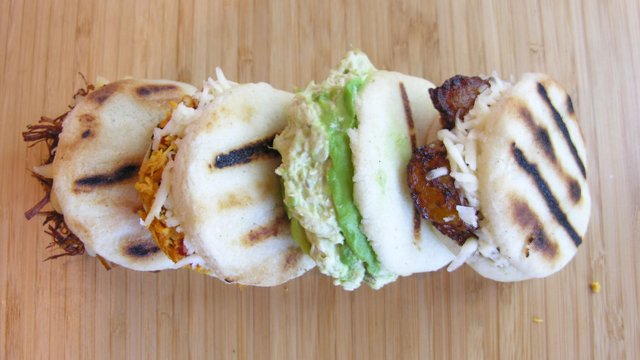
For Venezuelan People (Including Me) The Arepa is primordial in a Breakfast! In the first hour of the morning, at 12:00 and in evenning we could eat an Arepa! Its one of our Principals Plates of ou Country! You ca find an Arepa in any part of the Word... For us The Arepa its the same that Hambugers are for USA!
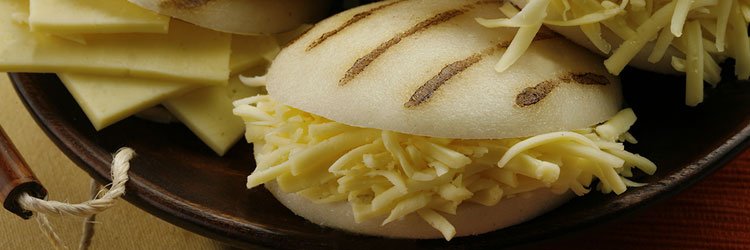
The arepa is a food of pre-Columbian origin of Colombia and Venezuela, made with a mass of dry ground corn or precooked corn flour, circular and flattened. It is consumed traditionally in the cuisines of Colombia and Venezuela, and because of the migratory exchanges with Venezuela, it has also spread to the Canary Islands and the world.
A popular etymology suggested by the Venezuelan academic Mariano Picón Salas maintains that the word arepa comes from the Erepa voice, which meant corn for the extinct ethnicity of the Cumanagotos, however, the oldest records of the word indicate that different indigenous peoples in Colombia and Venezuela already used the word arepa to refer to a corn-based food when Europeans arrived on the continent, which is why this etymology is unlikely.The arepa voice is accepted by the Royal Spanish Academy in 1884.
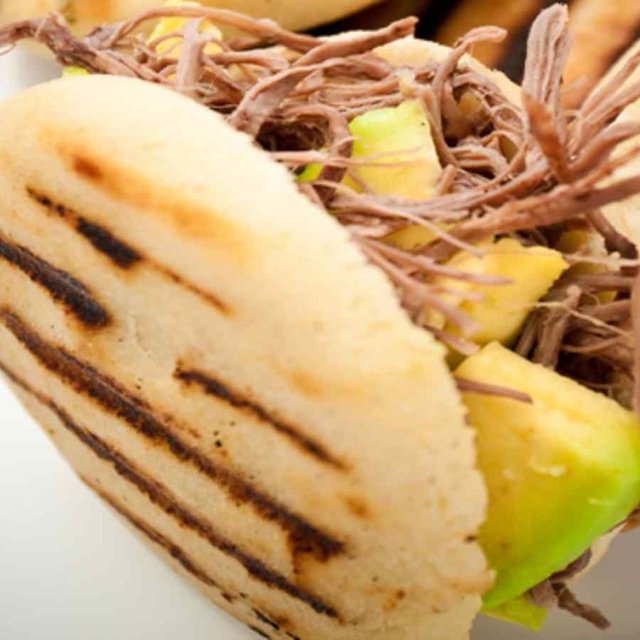 )
)
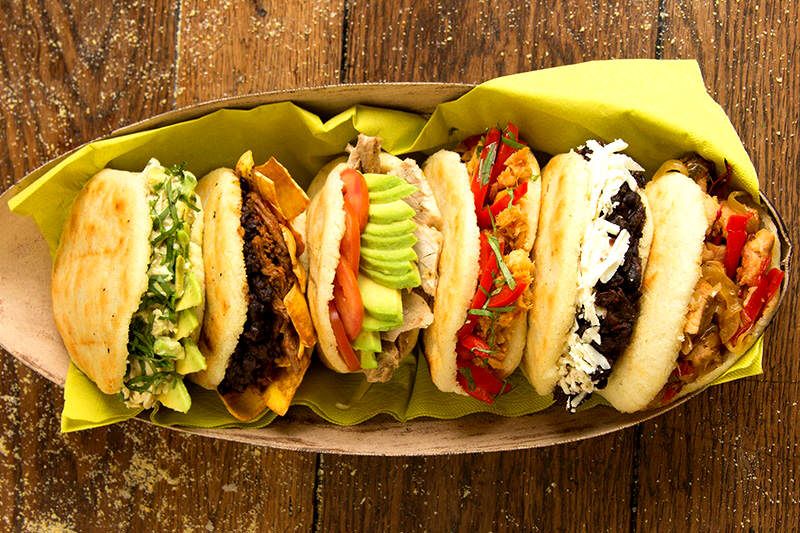
The arepa was prepared and consumed by the aborigines since pre-Columbian times in the current territories belonging to Colombia and Venezuela. The indigenous food customs are seen in Creole dishes based on corn like the arepa.
The introduction of the arepa to their villages was a result of climate and corn production. Corn was an important element in the diet of the Indians. In these regions, the cultivation of corn was diverse. In the territory corresponding to present-day Venezuela, the tribes cultivated nine types of maize: "white, for roasting, black and white, long, ash-colored maize, and the one called by the Spaniards Cariaco corn, while the cumanagotos called it an erepa."
Indigenous mythologies make references to maize or corn and describe these as an "offering that the gods made to men." José de Acosta, a Spanish philosopher and Jesuit traveler in the sixteenth century, contrasted corn with wheat, cassava and cassava to say that this is "thicker and warmer and breeds blood." He also mentions that the arepa has "a solar disc" form and the budare is like "sacrificial stone or clay for the rite of the first bread. "Pedro Ruiz de Tapia, the king's accountant in Venezuela in 1548, points out that arepas were rationed to the people; each Indian received three corn arepas a day for lunch and dinner.
Traditionally, the preparation of arepas was reserved for women: first, they dipped the grains of corn, removed the hulls of the grains and ground the grains to make a flour. Then, the flour was mixed with water to create a dough. With the dough balls were created, which were then flattened and cooked until the outside of the dough was cooked. The women used certain instruments to make arepas. In addition to the fire, they used metates to grind and crush the corn and budares (cooked clay grills) to cook the arepas, they made arepas approximately 1.5 centimeters thick and 10 in diameter and weighing about 250 grams.
Today, the arepa is considered a gastronomic icon of Venezuela, and a common heritage shared by these nations. The arepa is a symbol of the indigenous tradition that is still present in these countries. However, the mode of preparation changed in 1960 with the introduction of precooked corn flour that simplifies the process by making it unnecessary to soak and grind corn. The pre-cooked cornmeal is ready to prepare arepas. It is only necessary to mix water and a little salt to create the dough. The process takes around 5 to 10 minutes. When the dough is soft and moldable, you can create the shape of the arepas and cook.
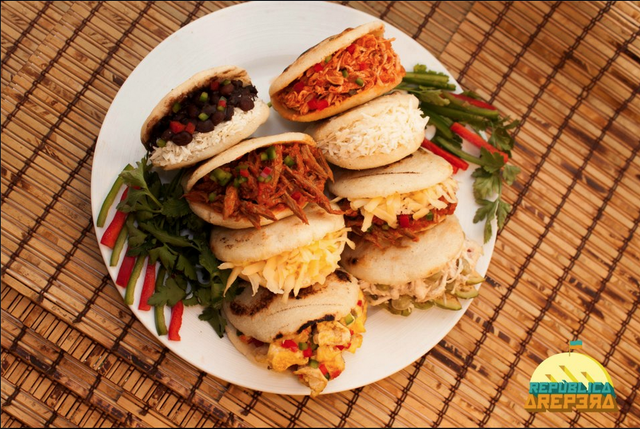
I Hope You could taste an Arepa some day, and if you have already tasted it, so tell me what you think about it. Remember you could make it Fry too! Enjoy ;)
Hi, we have voted on your post because you have posted your article to either food, recipe, recipes, cooking or steemkitchen #tag. Steemkitchen is a brand new initiative where we want to build a community/guild focused purely on the foodie followers and lovers of the steem blockchain. Steemkitchen is in the conceptual phase and we would love to hear your thoughts and ideas.
Please consider joining us at our new discord server https://discord.gg/XE5fYnk
Also please consider joining our curation trail on https://steemauto.com/ to help support each other in this community of food and recipe lovers.
Kind Regards
@steemkitchen
Ok! I´ll try
Great news...Looking forward too meet you in the chat room. Lots of friendly faces around
Oh i can feel it from here how i wish i could try some.
Ooh yeah! Look around you! I´m sure there are some points where they sell arepas!
Congratulations @misaell96! You have completed some achievement on Steemit and have been rewarded with new badge(s) :
Click on any badge to view your own Board of Honor on SteemitBoard.
For more information about SteemitBoard, click here
If you no longer want to receive notifications, reply to this comment with the word
STOPIts a good Knews!
Congratulations @misaell96! You received a personal award!
You can view your badges on your Steem Board and compare to others on the Steem Ranking
Vote for @Steemitboard as a witness to get one more award and increased upvotes!